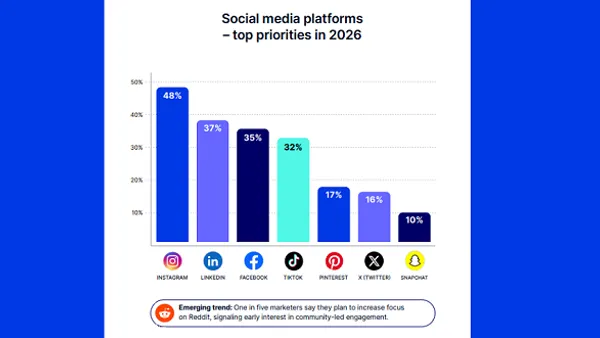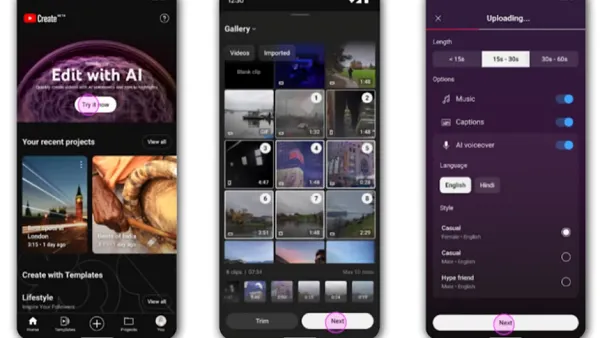It's ironic that a few days before speaking on Using Social Media for Social Good I would wind up filing a complaint with the FTC about a possible fraud being committed on social networks. That same day we held a plurkshop on Internet security issues and microblogging. Hence the title of this post: spammers and scammers have arrived on your favorite social network.
Jennifer Leggio, network security geek and ZDNet blogger, introduced us to Adam J. O'Donnell, Director of Emerging Technologies at Cloudmark. Together they fielded questions from more than 60 participants and explained some of the dangers lurking on social networks. Spammers have moved from unsolicited emails to using friend requests on social networks. Clicking on their profiles can trigger malicious code. You can read the entire transcript here (Plurkshop 7 - Security and Microblogging) and Deb Robison's excellent analysis here (Plurkshop 7 Recap).
The alleged fraud relates to a Plurk and Twitter user who goes by the name LillyAnn and a request by someone claiming to be her daughter who was raising funds to pay for dialysis for Lilly. Many conversations on Plurk link to various social network or Web profiles for Lilly Calandrello, but if you want to read the entire thread (1500+ replies) with the original request and the evolving revelations about the real identity of this person, use this link: LillyAnn's daughter wants her Plurk friends to know...
When I first read the request last weekend, I recognized that I was connected to LillyAnn on several networks. I recalled having a few brief exchanges with her. I decided to give a small amount to the cause and do some checking on it. Because of my work with the Frozen Pea Fund, I'm very aware of â€" and supportive of â€" using social networks for social good.
My first concern came when I checked the PayPal account and saw that the verified business user associated with the account was Whispy.com, a network devoted to psychic readings and spiritual guidance of the nebulous sort. The Web site owner, however, was the same Lilly Calandrello on the social network where the request originated. So I set aside my prejudice against the stereotypical psychic-as-con-artist and decided to err on the side of compassion: I gave $10.
I also suggested that it would give more credibility to the fund-raising effort if the online friends who knew Lilly better set up a ChipIn widget with more information about her and her health needs. I was immediately contacted by Gabrielle, Lilly's daughter, asking for my help in setting it up. Red flag #2. I responded that I did not know LillyAnn well enough and that it should originate from those who did. That private message thread was immediately deleted, as was another thread that had started raising concerns about inconsistencies that were coming to light. Red flag #3.
A ChipIn page was quickly set up by someone, though, and raised $357.50 before being suddenly shut down. By this time too many questions had been raised â€" legitimate questions, like the name of the hospital where Lilly was supposedly in ICU awaiting a life-saving treatment â€" that could not be ignored. Communication from Gabrielle also stopped at that time.
Other social network users began to weigh in with discrepancies. It appears that most of LillyAnn's LinkedIn profile, for example, was plagiarized. Pictures she had posted online were found to be digital renderings that could in no way be associated with her actual home. Evidence indicates that her real name is Barbara Calandrello, but at this point none of us know if that is the person who was using social networks to perpetate some kind of scam, or if someone else was using her identity online.
To make a long story short, I was glad I had given that $10 because it allowed me to file a claim with the FTC so the case could be investigated. As far as I know, none of the others who gave to the cause â€" at least a couple of whom stated they gave $100 â€" has filed a report. I strongly believe that when a community's trust is violated, the community should respond appropriately so that others are not affected.
Just as social networks can be used for good, they can also be abused and used for nefarious purposes. When that happens â€" whether for good or evil â€" our reaction as a community is important. Think about what it means to be a good community citizen. Should we let angry accusations of being "self-appointed police" stop us from speaking out? Or do we take a stand against bad behavior?
The spammers and scammers are hoping we'll remain quiet.
~ Connie










